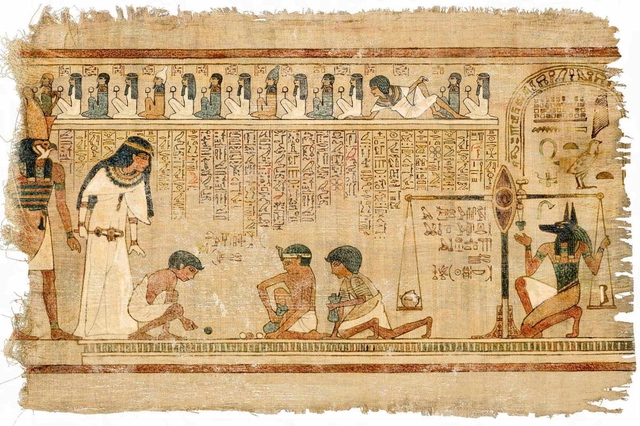Ancient Egypt was an amazing civilization with a powerful influence that spanned nearly 3,000 years of history. When thinking of this period, most people think of the Great Pyramid of Giza, part of the Seven Wonders of the Ancient World, the great burial site of Pharaoh Khufu (via Britannica). Mummies found in Egyptian pyramids are also symbols of ancient civilization.

Many aspects of ancient Egypt are studied today to gain a better understanding of how their society functioned and how their culture was formed, including the food they ate. According to The Collector, food was an essential part of their society and they usually used it as offerings to their gods. Their tombs are also known to have images of food and were sometimes filled with actual food. Along with the discovery of Tutankhamen’s tomb, foods like garlic, peas, lentils, melons, and coriander seeds were discovered. Many more foods have been found in these ancient tombs over the years. Recently, a recent excavation at the Saqqara necropolis unearthed a group of vessels, some of which included several blocks of ancient white cheese.
Cheese dates back to the 26th and 27th periods of Egypt According to Egypt’s Ministry of Tourism and Antiquities, a recent excavation at the Saqqara necropolis site yielded a major discovery. The organization’s Facebook page announced the discovery of a collection of vessels, some of which contained blocks of white cheese dating back to Egypt’s 26th and 27th periods.

The 26th Dynasty began in Egypt in 664 BC, making this cheese 2,600 years old (via The Met). According to the Facebook post, ancient Egypt called this cheese “haram” and it is now known as halloumi cheese. The clay pots containing the cheese are inscribed with Demotic script, which, according to National News, “is an ancient Egyptian script also found on the Rosetta Stone Royal Order.” The site also mentions that the team uncovered several additional containers that are expected to be opened soon.